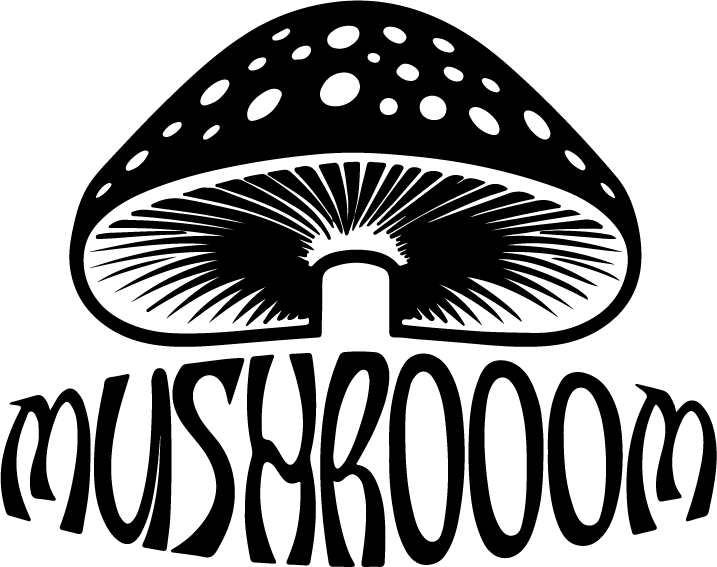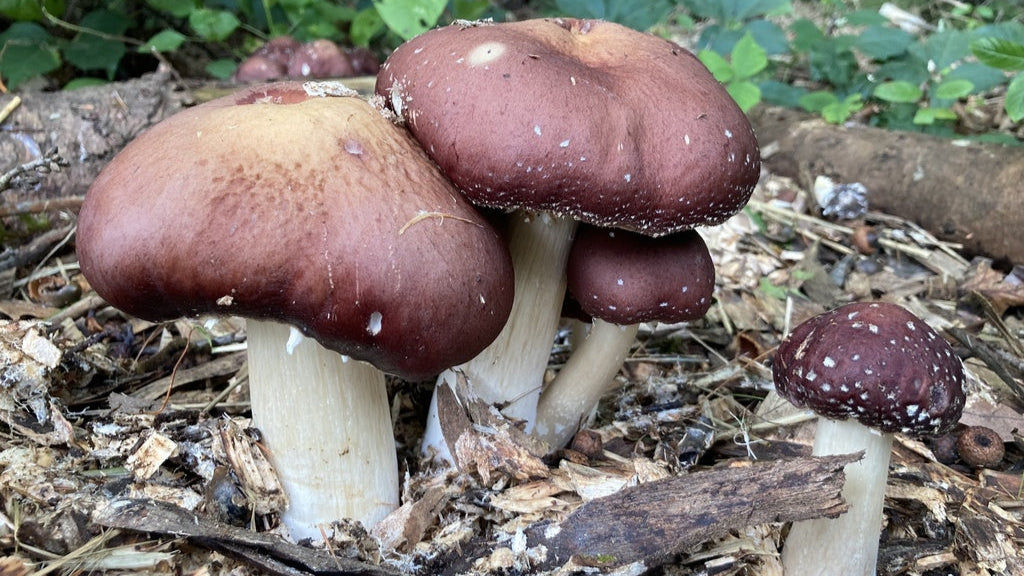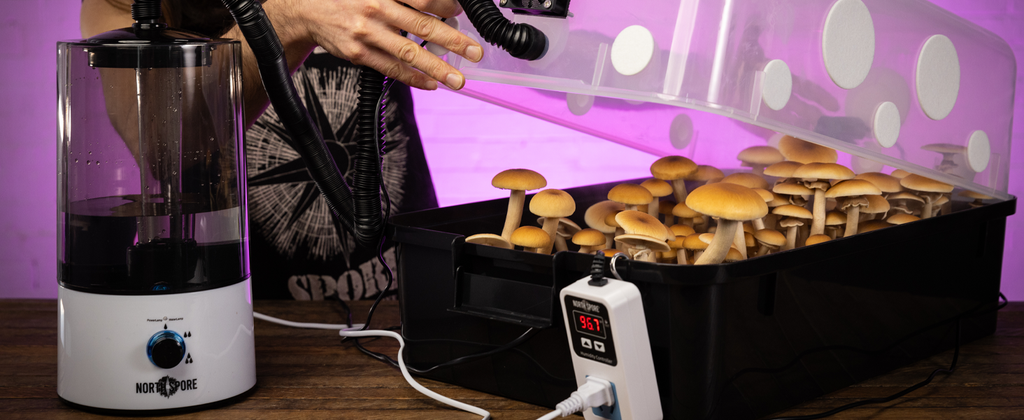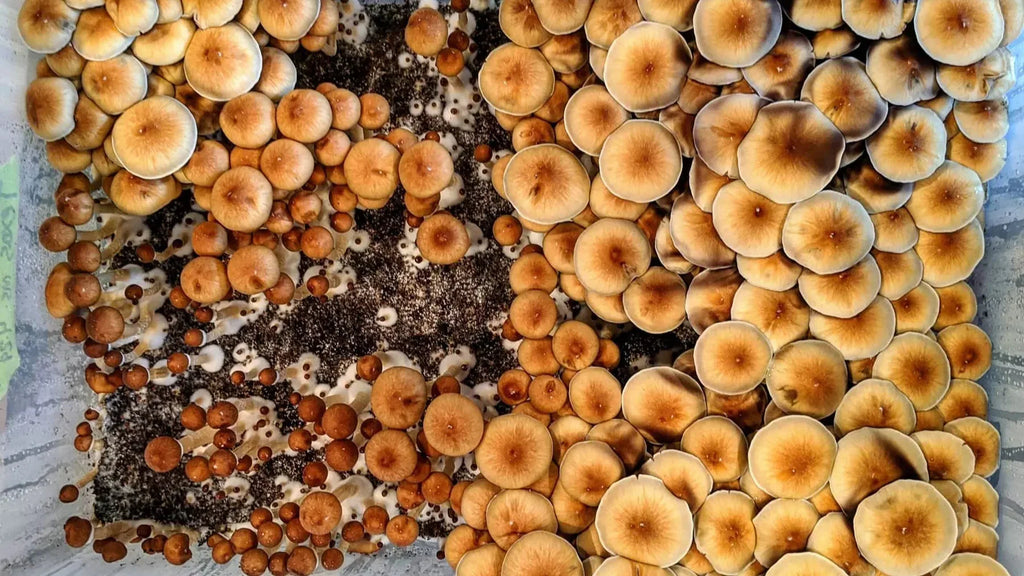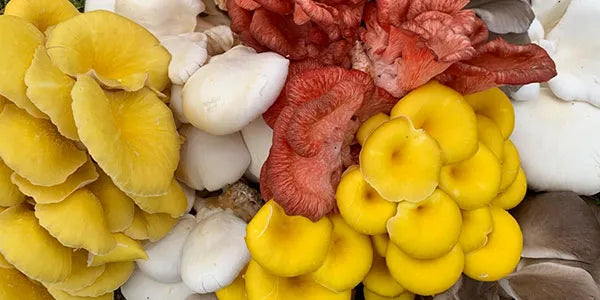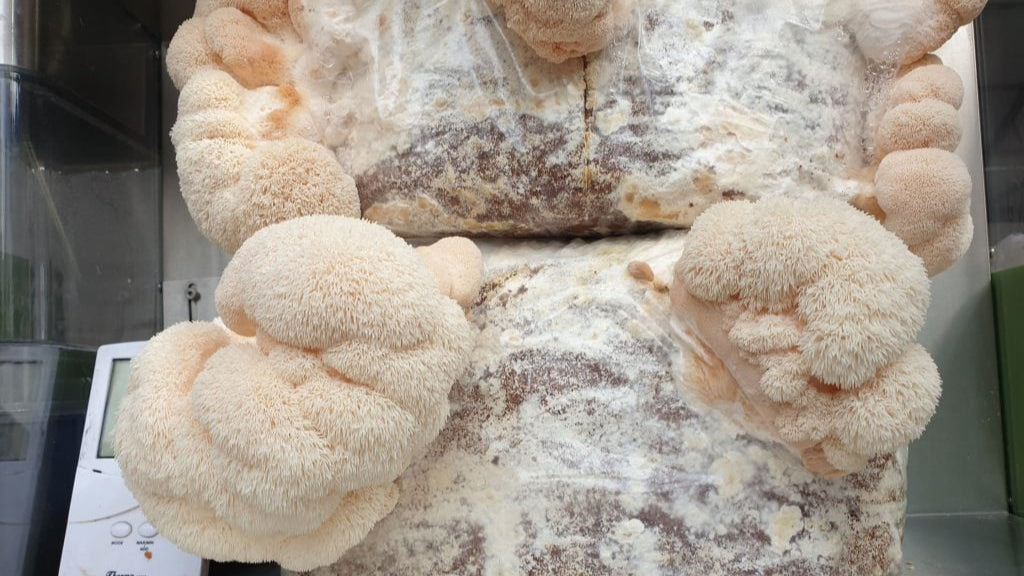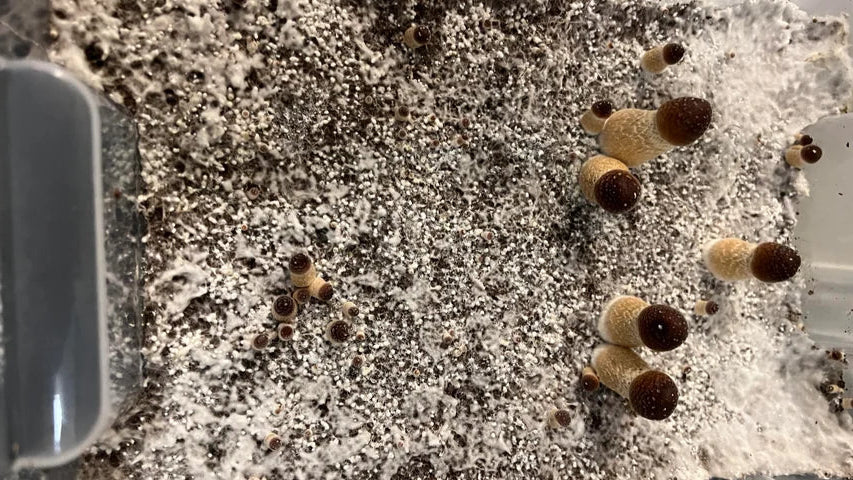
Moisture Problems in Mushroom Cultivation

How to Get It Just Right
When it comes to mushroom cultivation, moisture management isn’t just a minor detail—it’s the make-or-break factor that determines whether you end up with a bumper harvest or a disappointing grow. From the earliest stages of colonization to the final flush of fruiting, water levels in your substrate and environment control everything from mycelium growth to mushroom quality.
In this guide, we’ll break down the most common moisture problems growers face, why they happen, and—most importantly—how to fix them.
Why Moisture Matters
Mushrooms are more than 90% water by weight, so it’s no surprise that their growth is highly dependent on moisture balance. The right amount of water keeps mycelium healthy, encourages robust colonization, and promotes even, high-quality fruiting. But even small changes in substrate moisture content or air humidity can swing things from perfect to problematic.
Common Moisture Problems
1. Too Much Water in the Substrate
When your substrate holds more water than it should, it becomes the perfect breeding ground for bacteria. This often leads to sour smells—a telltale sign of contamination—and can slow or completely stall mycelium growth.
Why it happens:
Over hydrating during substrate preparation.
Poor drainage in bulk substrate mixes.
Inadequate air exchange during colonization.
2. Too Little Moisture in the Substrate
If the substrate is too dry, mycelium struggles to colonize and may stall completely. Even if it does fruit, yields will be low and caps may appear small or deformed.
Why it happens:
Under hydrating during preparation.
Excessive evaporation due to low humidity.
Improper storage or exposure to drafts.
3. Over-Misting During Fruiting
Misting is essential during fruiting, but too much misting can cause caps to become soggy, promote mold growth, and even cause bacterial blotch.
Why it happens:
Spraying too close or too often.
Poor airflow preventing surface moisture from evaporating.
How to Get Moisture “Just Right”
Finding the sweet spot takes practice, but these tips can help you avoid the most common pitfalls:
-
Dial in Substrate Hydration – Use the field capacity test: when you squeeze a handful of prepared substrate, only a few drops should escape, not a steady stream.
-
Monitor Humidity Closely – Aim for 85–95% relative humidity during fruiting for most gourmet and medicinal mushrooms.
-
Mist Smart – Mist lightly from above and at an angle, allowing droplets to fall gently onto the surface without soaking it.
-
Encourage Air Exchange – Fresh air reduces excessive surface moisture and prevents mold growth.
-
Watch for Visual Cues – Shiny caps with light dew are ideal; puddles on caps or substrate are not.
The Bottom Line
Perfecting moisture management is a skill that comes with observation and adjustment. By understanding the dangers of too much and too little water—and learning to spot early warning signs—you’ll create the ideal environment for healthy mycelium and abundant harvests.
Remember: when it comes to mushroom growing, moisture isn’t just a factor—it’s the foundation of success.
